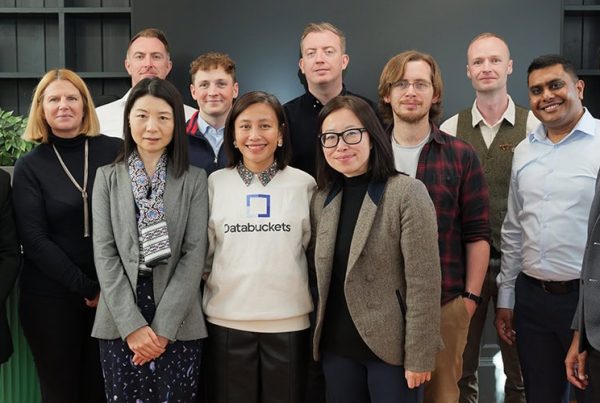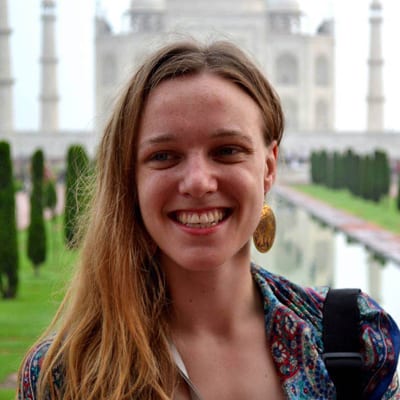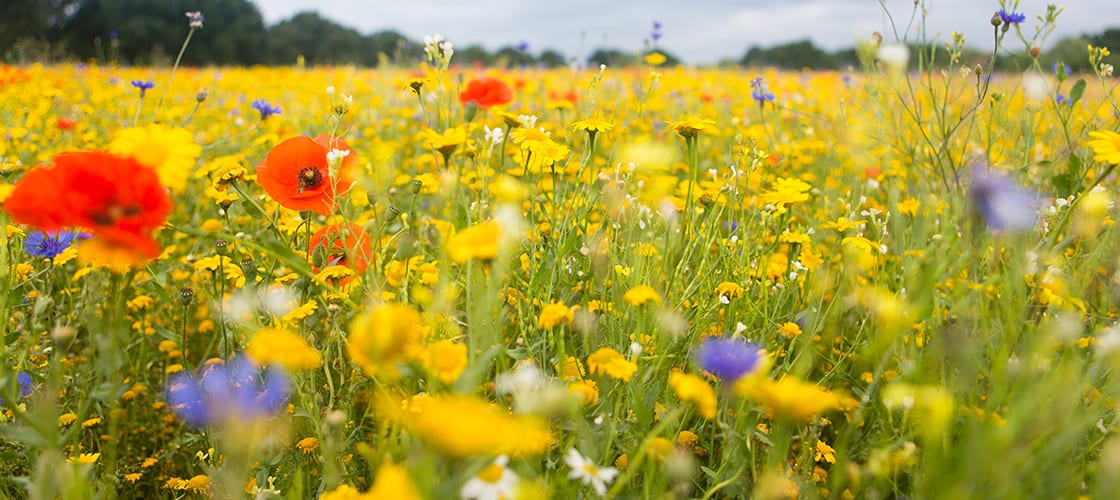
As the global economy continues to expand, the challenge of meeting the increasing demand for products and services means that most businesses have adopted growth strategies that are not sustainable long-term. But there is an alternative to the traditional open-ended economy, and many startups are adopting these business models to build profitable companies with a lower environmental impact.
The circular economy
Over the past number of years, the circular economy has grown in popularity. In some cases this is out of necessity, in others it stems from the realisation that as a society we have created unsustainable practices – and within this problem lie significant business opportunities for those who wish to provide sustainable solutions to ensure the stability of business in the future. In the natural world, there is no landfill. Plants and animals are born, they grow, eat each other, die and their nutrients return to the soil where the cycle begins again. Nature, being the most complex system known to man, operates using a seamless cycle, with each element integrating itself into a synergised system devoid of waste. It is a purely circular ecosystem.
The linear system
In contrast, for the past 250 years, humans have been favouring the alternative linear system – take, make, and dispose – fueled by the availability of plentiful and inexpensive natural resources. To date, this system has been attractive and successful for both business owners and consumers reaping the short-term rewards. When environmental and social impact is not a concern, businesses can take any necessary means to become more efficient, reach more customers, and sell more of their product. However, we are rapidly reaching the point of no return and the global economy is increasingly using finite resources at a rate which the planet is unable to replenish the raw materials.
Over the last century, we have watched prices decline as consumers demand cheaper and cheaper goods, yet we have never been in a situation where the price of resources has been so volatile. Renewable resources such as trees are being cut down faster than they can grow, clean water is being polluted and non-renewables, such as metals and fossil fuels, are fast depleting in an effort to keep up with global demand. The danger is that if we continue to operate using liner systems that the planet cannot sustain, our businesses, much like our finite resources, will cease to exist. After all – when all the trees have been cut down and all the rivers have dried up, we cannot eat money. Where will your business be then?
The future of business
Prof. William McDonough at Stanford remarked to the World Economic Forum:
“The ‘problem’ we find ourselves in is also the largest business opportunity ever seen by our species. The leaders of the economic future will be those that understand that by design we can create perpetual assets and optimise them to create businesses that thrive and are enjoyed by people everywhere, all the time, forever. Why would we want to miss that?”
Every traditional industry using a linear system has all the hallmarks of an industry ready to be disrupted. The long-term problem is unworkable, unavoidable, urgent, and underserved. This is an exciting time to be an entrepreneur, as here lies the opportunity to be part of global business solutions that fundamentally reinvent our economic model and build businesses that will shape the future of our planet.
So, what is the alternative? The circular economy! The circular economy is not reliant on the use of scarce resources to achieve economic growth, instead it uses disruptive technology and business models to profit from product longevity, renewability, reuse, repair, upgrade, refurbishment, capacity sharing, and dematerialization. Circular models do not focus on driving volume and squeezing lower costs through ‘efficiency’ measures in their supply chain. Instead, they design products to be ‘future-proof’, to fit within the limitations of our planet’s resources. There are five circular business models:
- circular supplies
- resource recovery
- product life extension
- sharing platforms
- product as a service
Case study: The Nu Wardrobe
I will delve into a circular solution through the lens of my own company, Nu. Our startup has developed a platform that lets you bring your wardrobe online so you can share and swap your clothes with friends and other Nu. members. Our solution combines the thriving fashion industry and the rapidly growing sharing economy. The fashion industry is the world’s second most polluting industry, after oil. 25% of the world’s chemicals are used for textile production and the industry contributes 10% of the world’s global carbon emissions. The textile industry uses more water than any other industry, apart from agriculture. The rate at which apparel is created and consumed is unsustainable and the fashion industry is becoming ever more scrutinised for its lack of progress towards sustainable practices.
After conducting market validation, we found that although the fashion industry’s supply chain is highly efficient, this model is completely inefficient for the consumer. People invest in outfits that they may never wear or rarely wear. In cases like this, it would be far more efficient for people to borrow or rent clothes, rather than buy. This ties into the product life extension model, and sharing platforms which are part of the circular economy. In short, people have a lot of clothes and have made a huge investment in their wardrobe.
People want a constantly changing wardrobe, but the current model insists that consumers must make a purchase each time they want something different to wear. By providing a sharing platform, people can leverage the value already in their wardrobe to borrow clothes from other members. This cuts down on textile waste and extends the life-cycle of products already in circulation. Nu. profits by providing a service that connects users with people they can share or swap clothes with.
Changes like this can be seen disrupting industries the world over – prime examples being Airbnb, Lyft, and Guest to Guest. The sharing economy is set to boom over the next decade, estimated to be worth upwards of $335 billion by 2025. It is actually profitable, when setting out on a new business venture, to consider the future and how the business will thrive with it.
About the author
Aisling Byrne
Aisling is a New Frontiers participant and the co-founder founder of Nu. – a platform which lets individuals take their wardrobe online so they can share and swap clothes with friends and other Nu. members with a circular economy ethos… [Read Aisling’s profile]
Recent articles
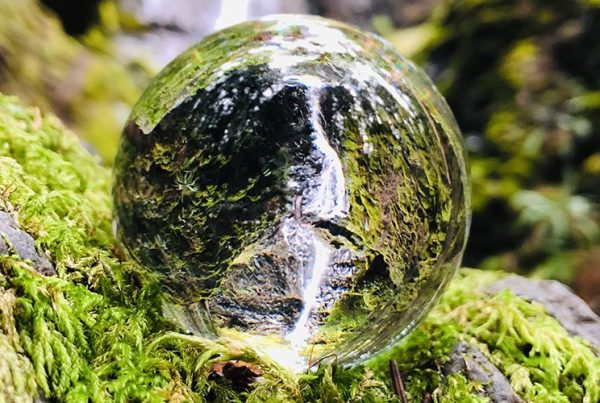
Founder Perspectives: Lessons From Building Businesses In Sustainability

Tech Startups In The Age Of AI: Alumnus Paul Savage On Speed, Quality & Risk
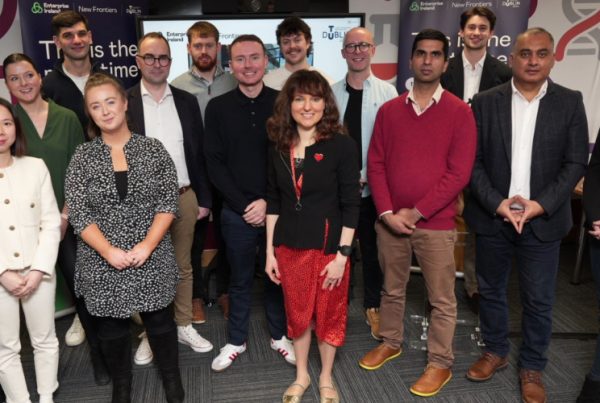
Fourteen Startup Founders Graduate From Phase 2 Of New Frontiers In Tallaght
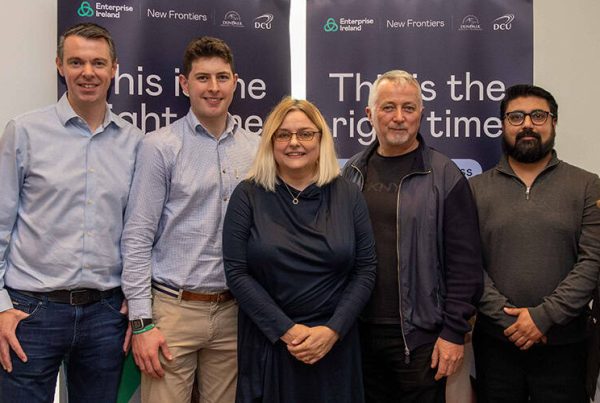
Eleven Founders Graduate From New Frontiers In The Border Mid-East Region
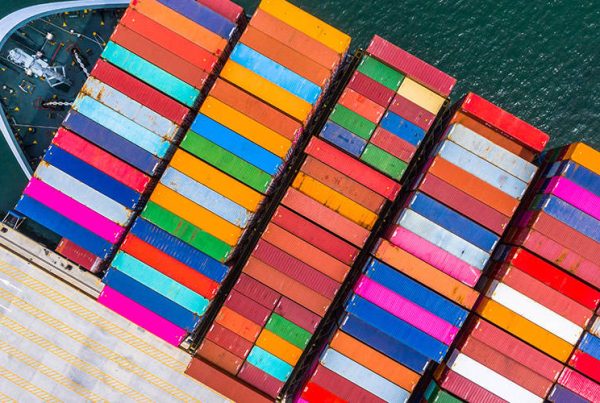
Laying The Right Groundwork Helps Startups Prepare For Export Success
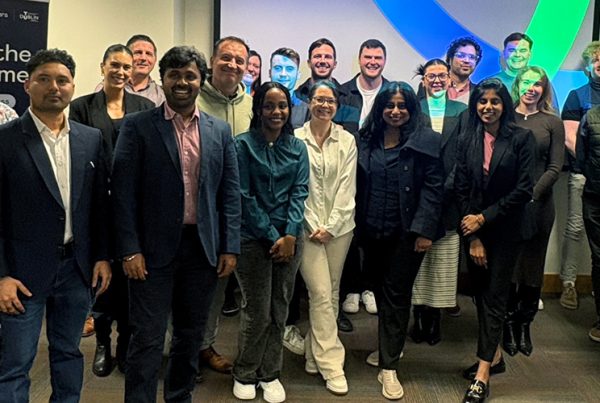
Startup In Dublin: Learn More About New Frontiers On TU Dublin’s Grangegorman Campus
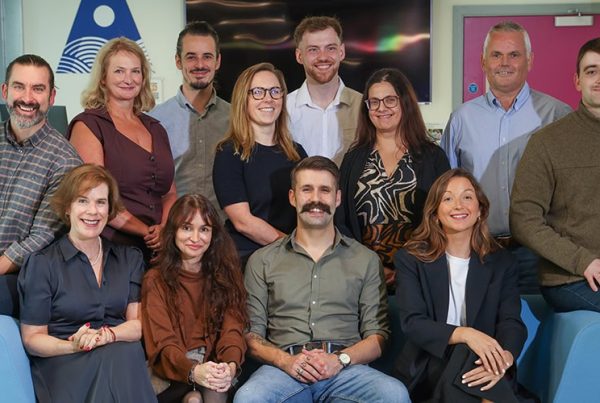
Michael Furey On The Success Of Ronspot: “The Most Important Thing Is Research”
